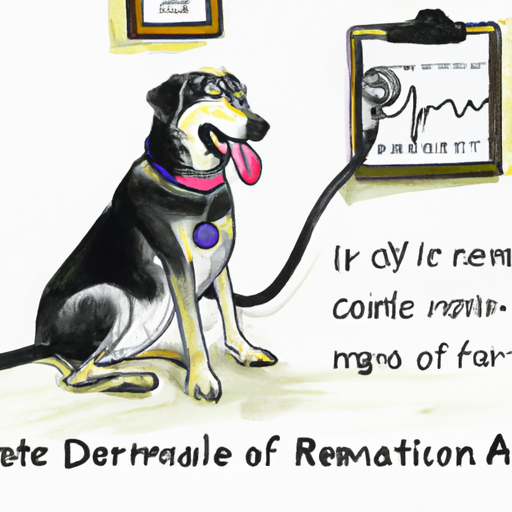As a loving caregiver for your furry friend, you probably find yourself constantly wondering if your pet is healthy and happy. One of the most critical health metrics for dogs is their respiratory rate. But do you know what constitutes a normal respiratory rate for dogs?
What is a Normal Respiratory Rate for Dogs?
A normal respiratory rate for a healthy, resting adult dog is between 10 to 35 breaths per minute. However, puppies and smaller breeds may have a slightly higher rate. It’s essential to understand that factors like age, breed, health status, and physical activity can influence your dog’s respiratory rate.
How to Measure Your Dog’s Respiratory Rate?
To get an accurate measure of your dog’s respiratory rate:
- Wait until your dog is at rest and not panting.
- Count the number of times their chest rises and falls in one minute. Each rise and fall counts as one breath.
- Repeat the process a few times to get an average.
Remember, you are the best judge of your dog’s normal behavior. If you notice a significant change in their respiratory rate, it may be time to consult your vet.
Factors Affecting Your Dog’s Respiratory Rate
Several factors can affect your dog’s respiratory rate. These include:
- Age: Younger dogs and puppies tend to breathe faster than older dogs.
- Size: Smaller breeds often have a faster respiratory rate than larger breeds.
- Health: If your dog is sick or has a health condition, their respiratory rate may increase.
- Environment: Hot weather or stressful situations can cause your dog’s respiratory rate to increase.
When Should You Be Concerned?
As a dedicated caregiver, you might worry if your dog’s respiratory rate seems high. But when should you be genuinely concerned?
- If your dog’s resting respiratory rate is consistently over 40 breaths per minute.
- If your dog is struggling to breathe or seems distressed.
- If there are additional signs of illness, such as coughing, loss of appetite, or lethargy.
In any of these situations, it’s best to seek immediate veterinary care.
Frequently Asked Questions (FAQs)
Q: Can excitement or activity affect my dog’s respiratory rate?
A: Yes, excitement or physical activity can temporarily increase your dog’s respiratory rate.
Q: Is a high respiratory rate always a sign of illness?
A: Not always. However, a consistently high rate, especially when at rest, could indicate a health issue.
Q: How can I lower my dog’s respiratory rate?
A: Keeping your dog in a calm, cool environment can help. However, if your dog’s rate remains high, consult your vet.
Q: What is a dangerous respiratory rate for dogs?
A: A resting respiratory rate over 40 breaths per minute could be a cause for concern.
With this information at hand, you can better monitor your furry friend’s health and ensure they live a long, happy life. Remember, you’re their best advocate, so keep an eye on their respiratory rate and consult your vet if anything seems amiss.



